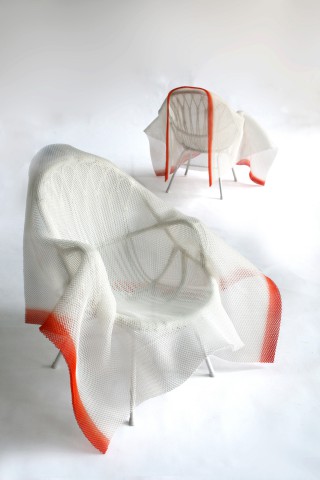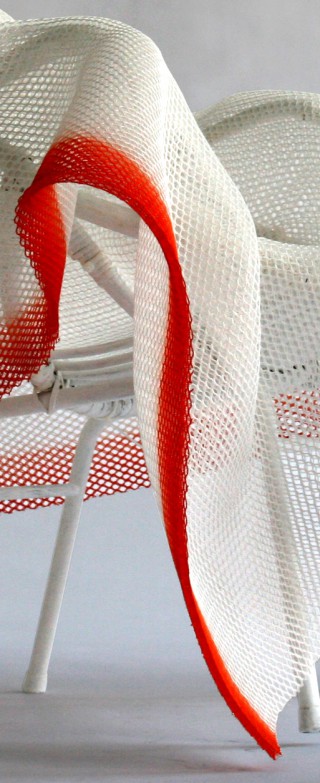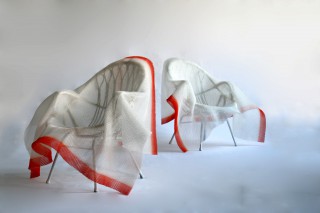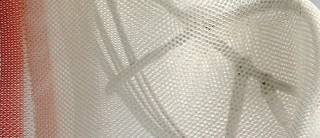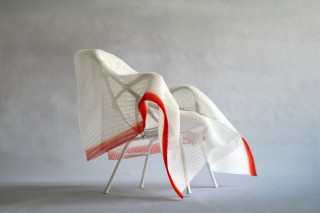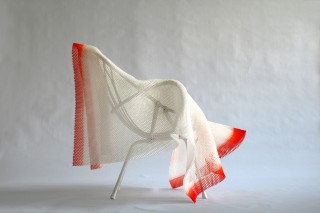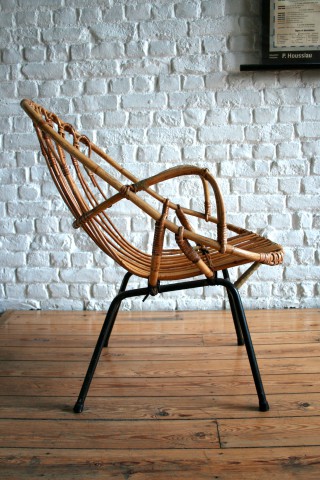EXPERIMENTA ONE&TWO
LES PETITS RIENS
This “experimental” project has been specially created for “Les Petits Riens / Spullenhulp” a non-profit organization created some 70 years ago in Brussels and currently active in the whole of Belgium.
They collect discarded objects such as furniture and clothing. These are either redistribute to those in need, or the profits generated by the sales of these vintage pieces used to finance specific social projects intended to favor the socio-professional reintegration of people.
For the seventh time in a row, they are organizing an event called “Second Hand, Second life”. They have asked 17 designers and 13 stylists to give a “second life” to some of the furniture and clothing they have collected. This one-off and very unique creations are then auctioned off to collectors at the end of a ceremony that will take place this Friday the 16th of October in the “Tour & Taxis” hall in Brussels. This annual event is meant to promote their activity, but also to collect funds for the organization.
The “Experimenta One & Two” armchair is the result of a discussion between the old and the new, between the original “vintage” piece and its reclaimed modern transformation. The past, the original 1960’s rattan seat, as become the structural foundation for the new reclaimed one. Its origins are not at all hidden, just whitened and in a way blurred by the 3D woven textile cover. It is a combination of very old production techniques and extremely modern 3D weaving technologies. The inner qualities of the textile are used to redefine the object. Its strength gives it its unique shape, and its structure has made the connection between the cover and the existing chair very simple and almost invisible. The binding is made by some very small plastic auto-fastening cable clamps that entrap only one side of the 3D fabric to hold it in position.
The two seats are also experimentation on the graphic weight of an object. Both armchairs are very similar, only the placement of two graphic stripes give them a unique personality. The emphasis it creates is meant to alter the perception and visual shape of the object.
